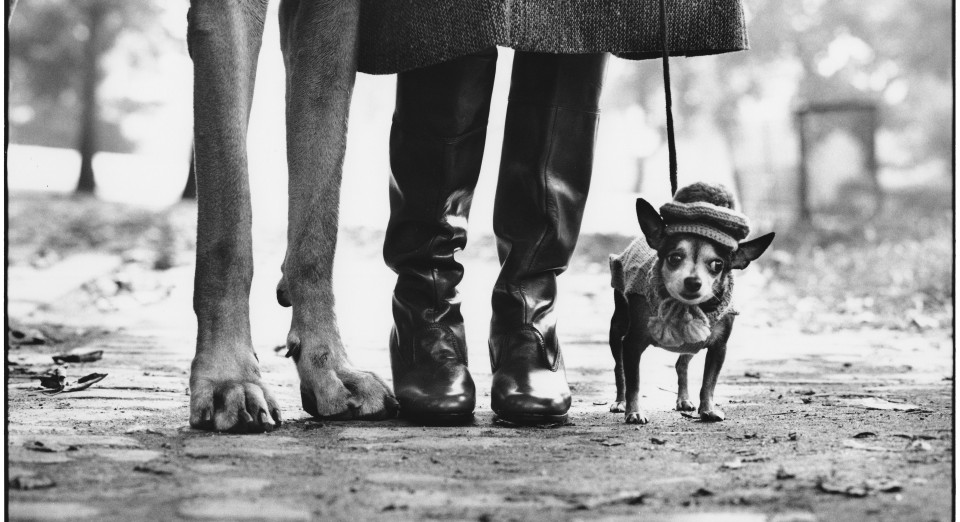There are many rules for composition in photography. Of course, the last rule is that you should disobey the rules. It is important to think about why certain photographs are successful visually, and others do not work as well. The following is a list of things to keep in mind as you are starting out. Try to get comfortable with not placing your subject in the center, changing your viewpoint, using rule of thirds and then… break the rules.
“Edges are always important to a picture. You can use the corners of the frame to point inward to the conceptual center of the picture, but very rarely can you with with elements that point or pull out of the edges of the picture without destroying the center. For the most part you attempt, either through formal terms or through chance, to place elements in the frame so that there’s a kind of confluent flow toward the central energy of the image..” Larry Fink
Highly suggest reading Larry Fink on Composition and Improvisation
1. Line – how does your eye travel in the image? Where does the leading line take you? Horizontal lines have a different feel from vertical, or diagonal. How can you use that to your advantage? Think about how you are holding the camera, remember you can change to vertical or horizontal to either accentuate or contradict the lines that are occurring.
2. Foreground, middle and background. How are these working together? Try not to divide things evenly between, but decide what you want of each one and don’t be afraid to be unconventional.
3. Rule of Thirds. This is an engrained rule for photographers. It means, don’t put your subject in the center! Use the points towards the edges (shown in green below) as the most interesting places to hold your subjects.
4. Texture: What kinds of texture are you using to increase our interest in the image, to make it unexpected and make us see differently? Patterns are wonderful things to pay attention to as well. What creates pattern, and what breaks it?
5. Symmetry: This is another way of thinking about balance in your image. Think about how your eye likes to move though an image on a diagonal, and you would want to have objects to move between in the frame.
6. Perspective: Move! Move up, move down, lie down, do not take all your images from eye height as you are standing.
7. Framing: Experiment with using objects, trees, etc. to act as frames within the frame of the image.
8. Tension: How do you create a sense of tension and energy in your images? This is a question that does not have an answer per se, but rather something you need to feel when you look at the image.
“Art with a capital ‘A’ happens when you enter a space and can see and feel the edges but not be enclosed by them. In other words, the story unfolds as a question. Because if you complete the story and complete the circle within the square, then the picture is already stagnant….” Larry Fink

